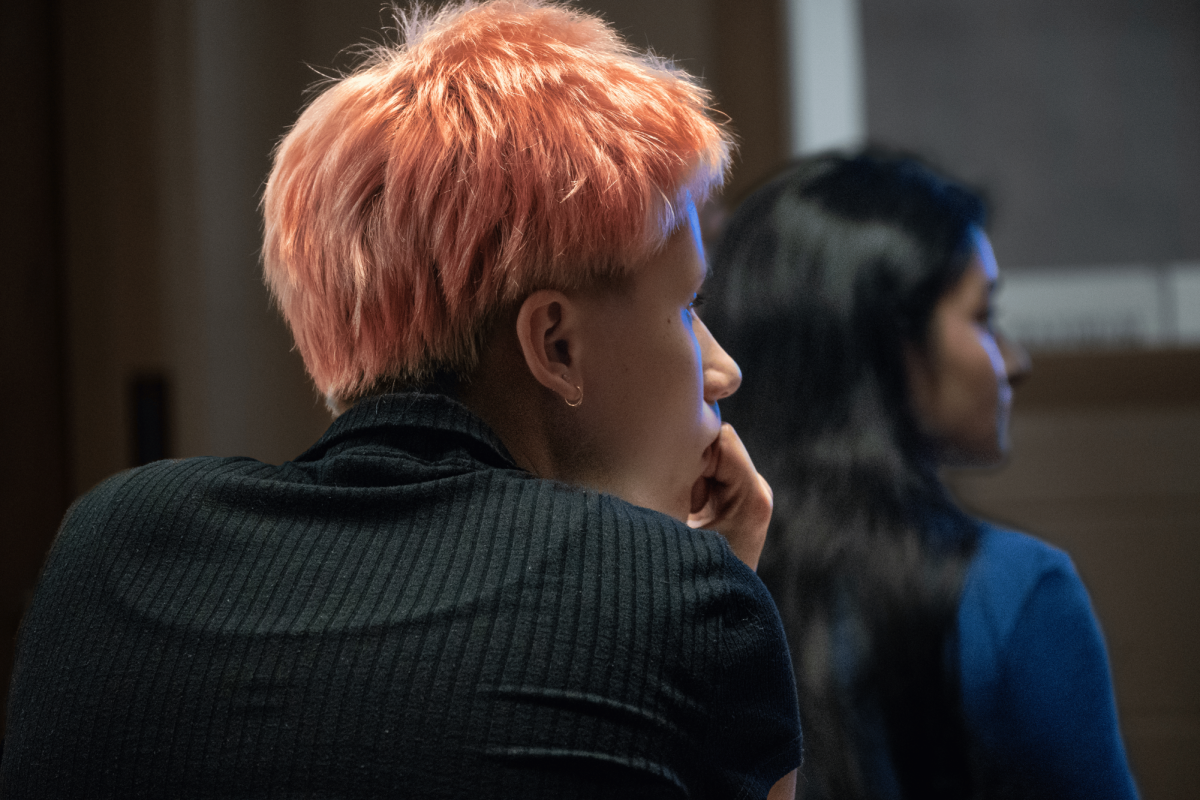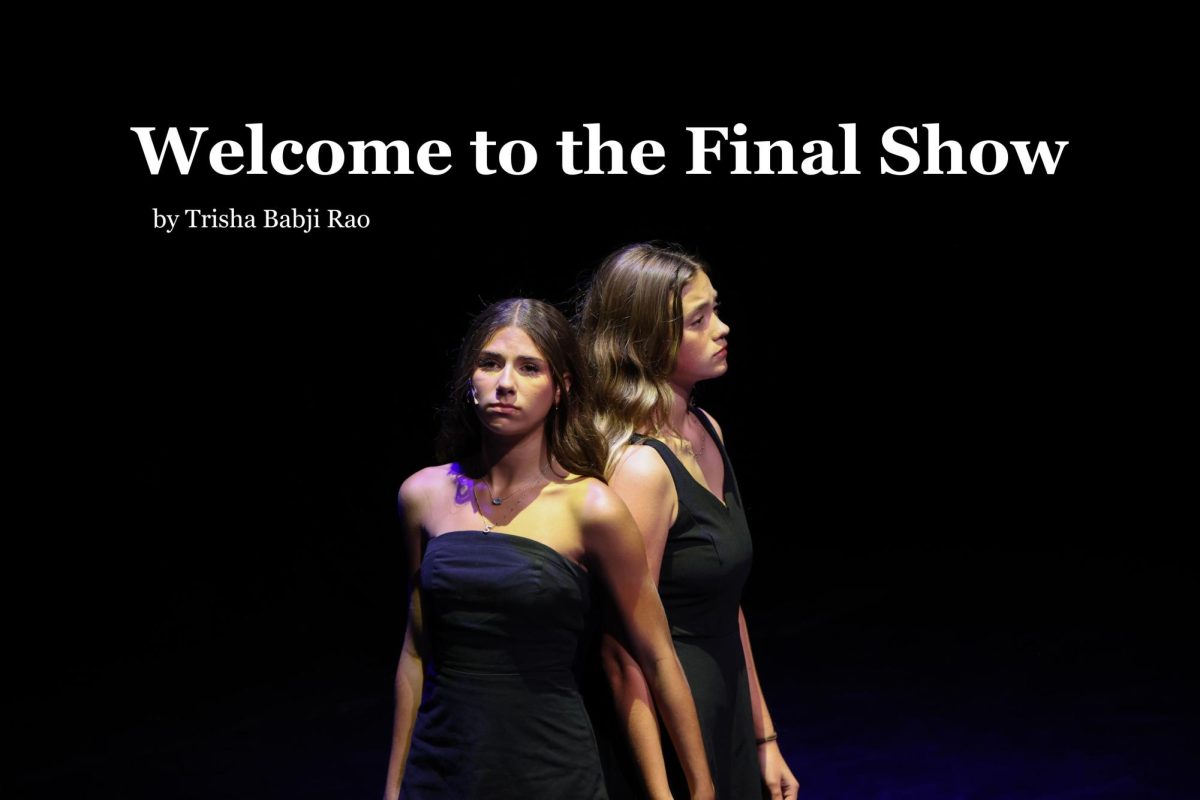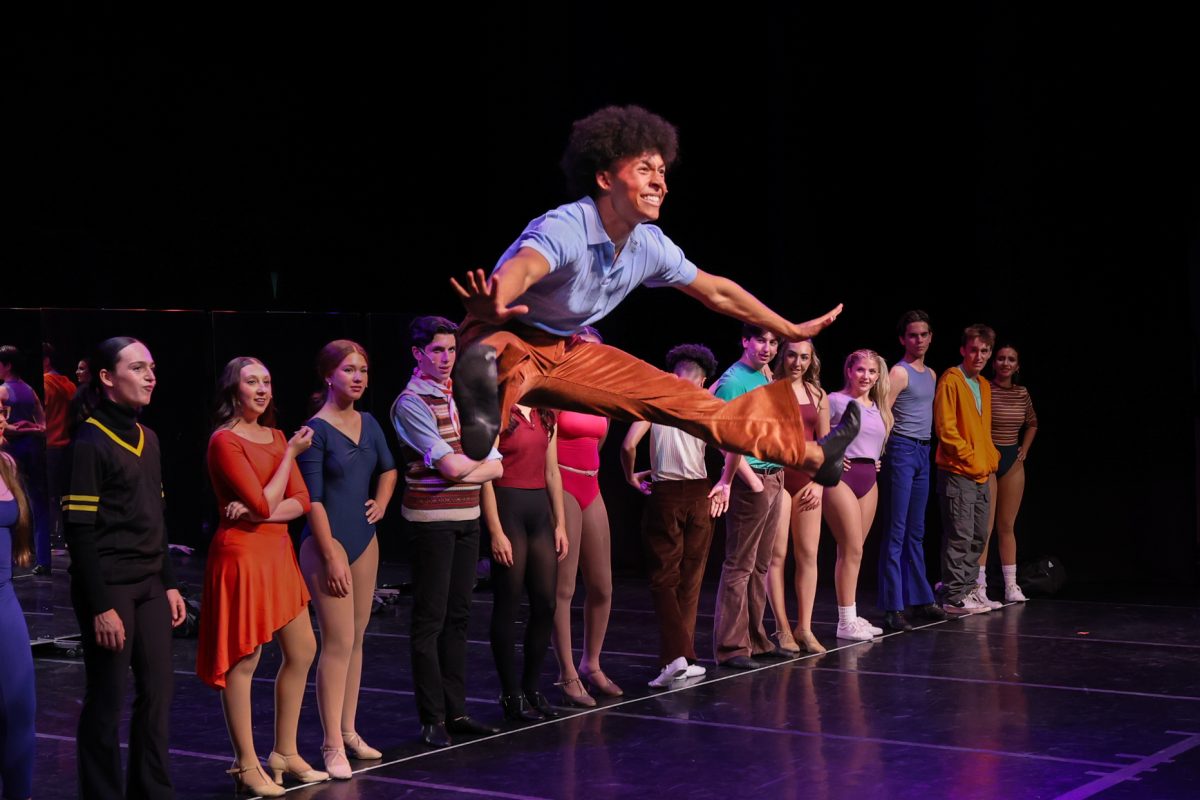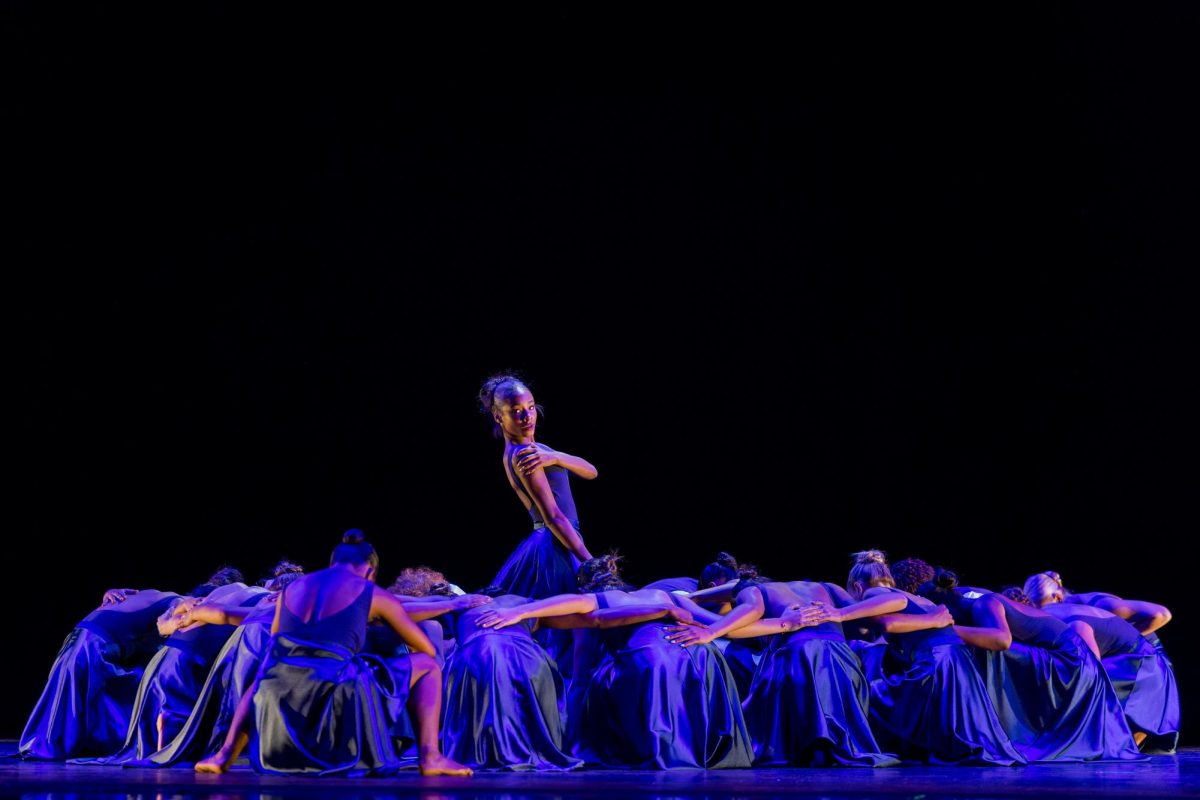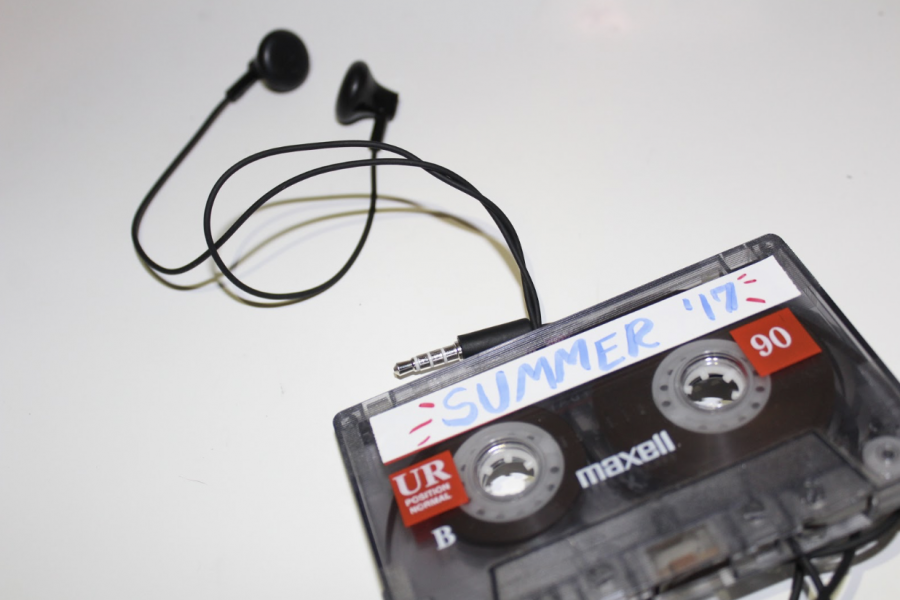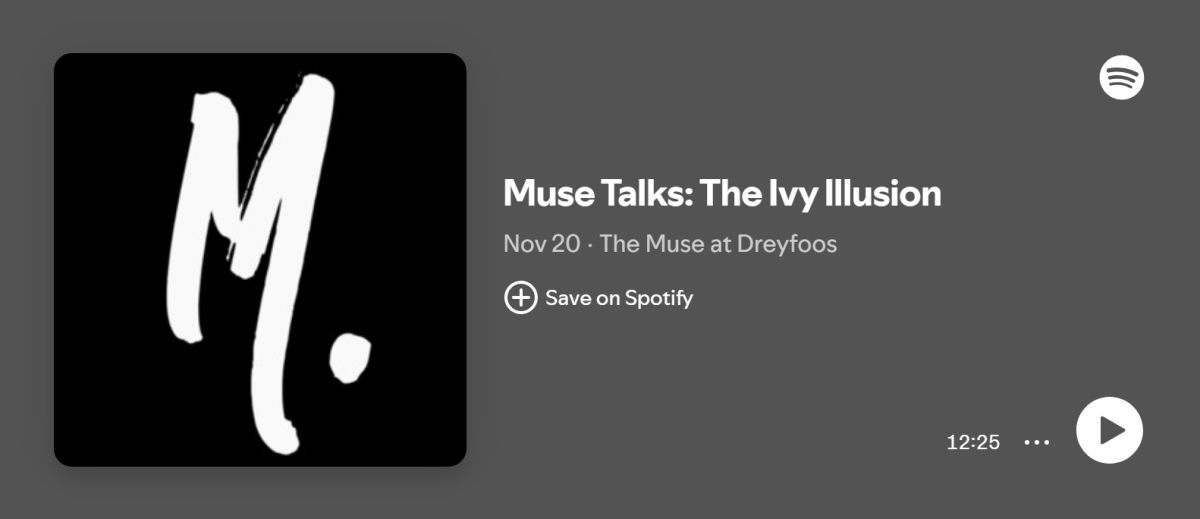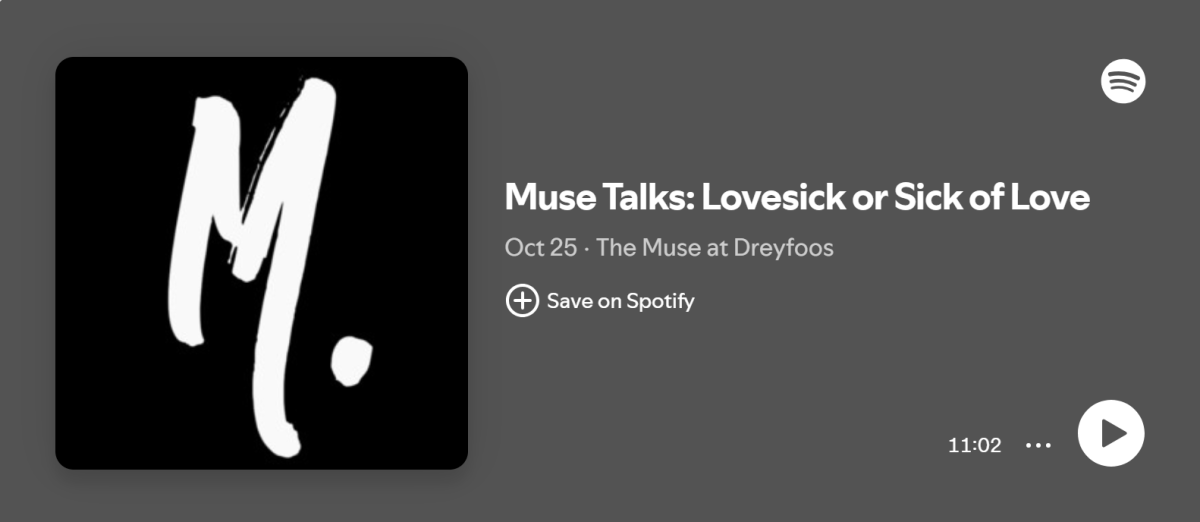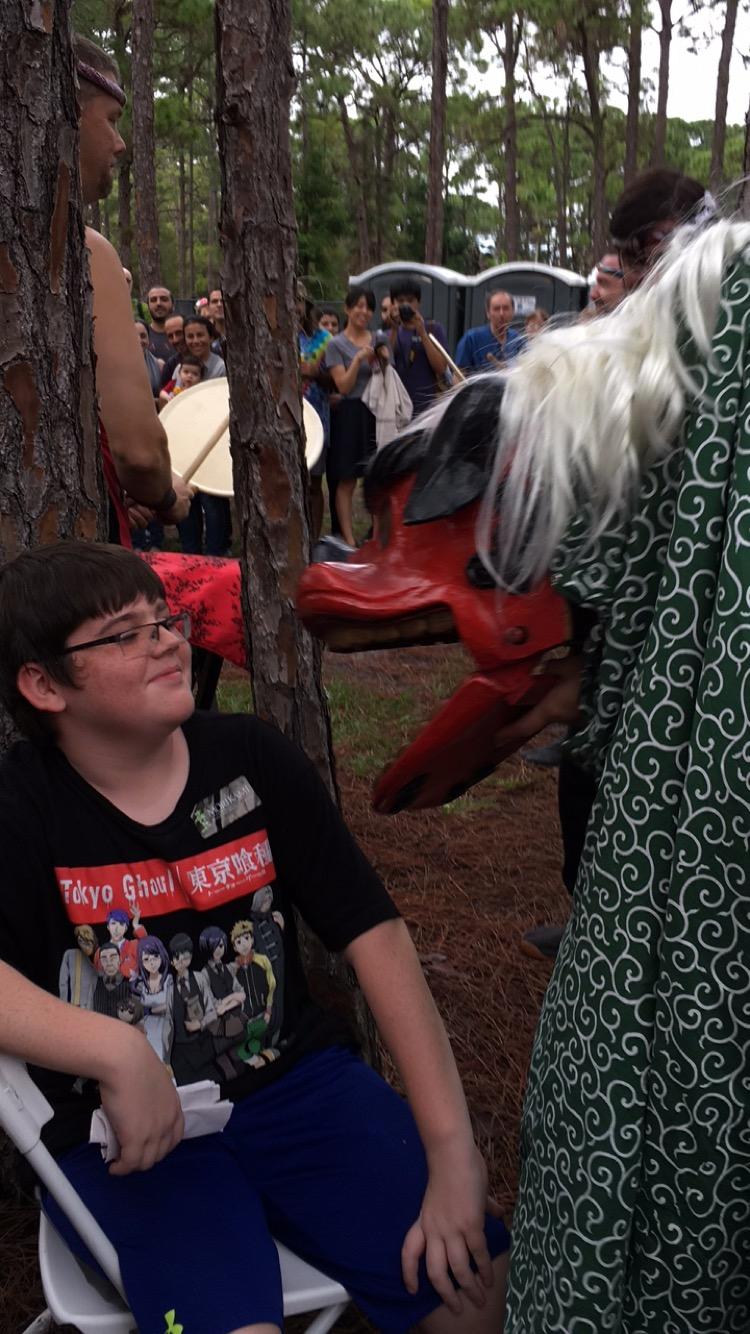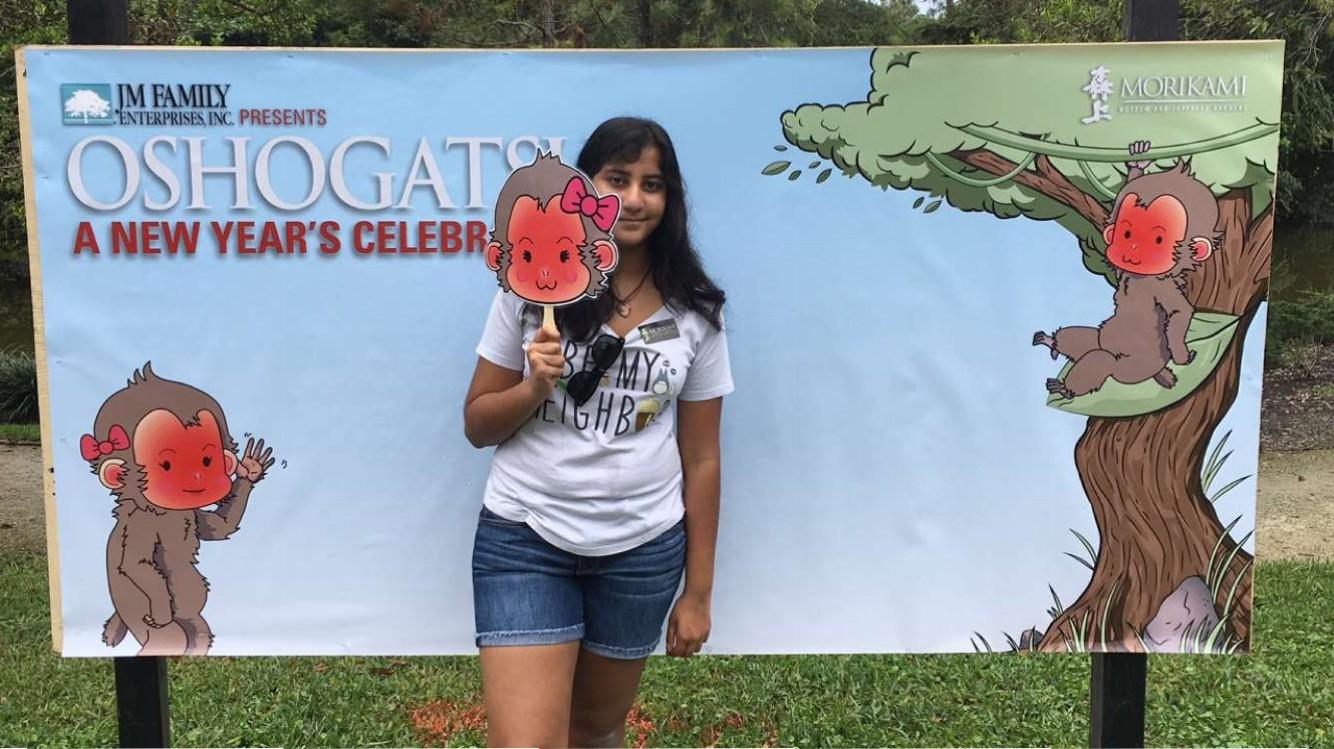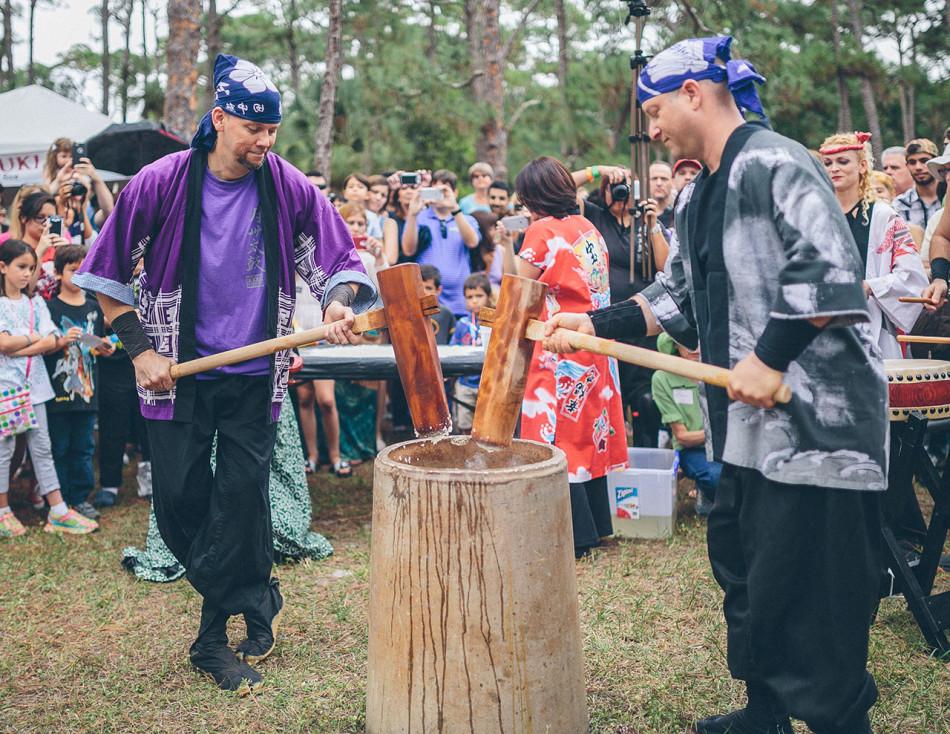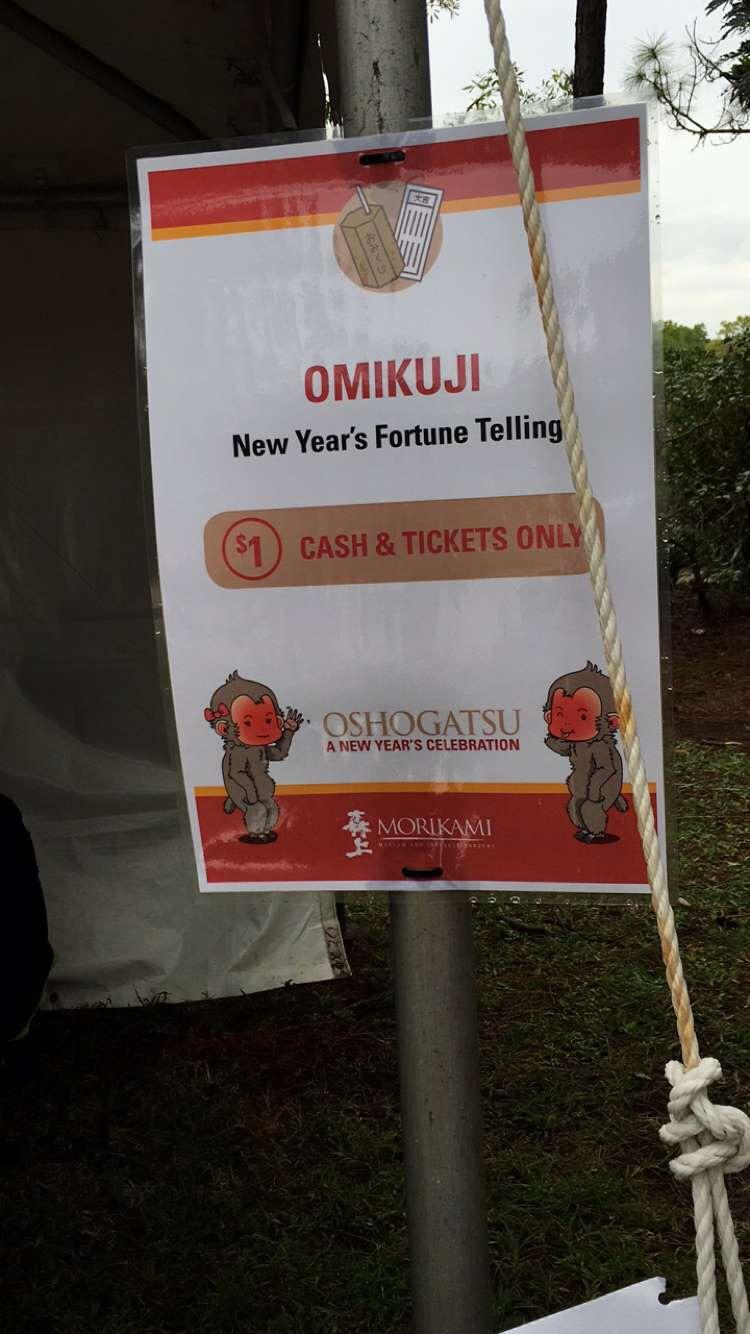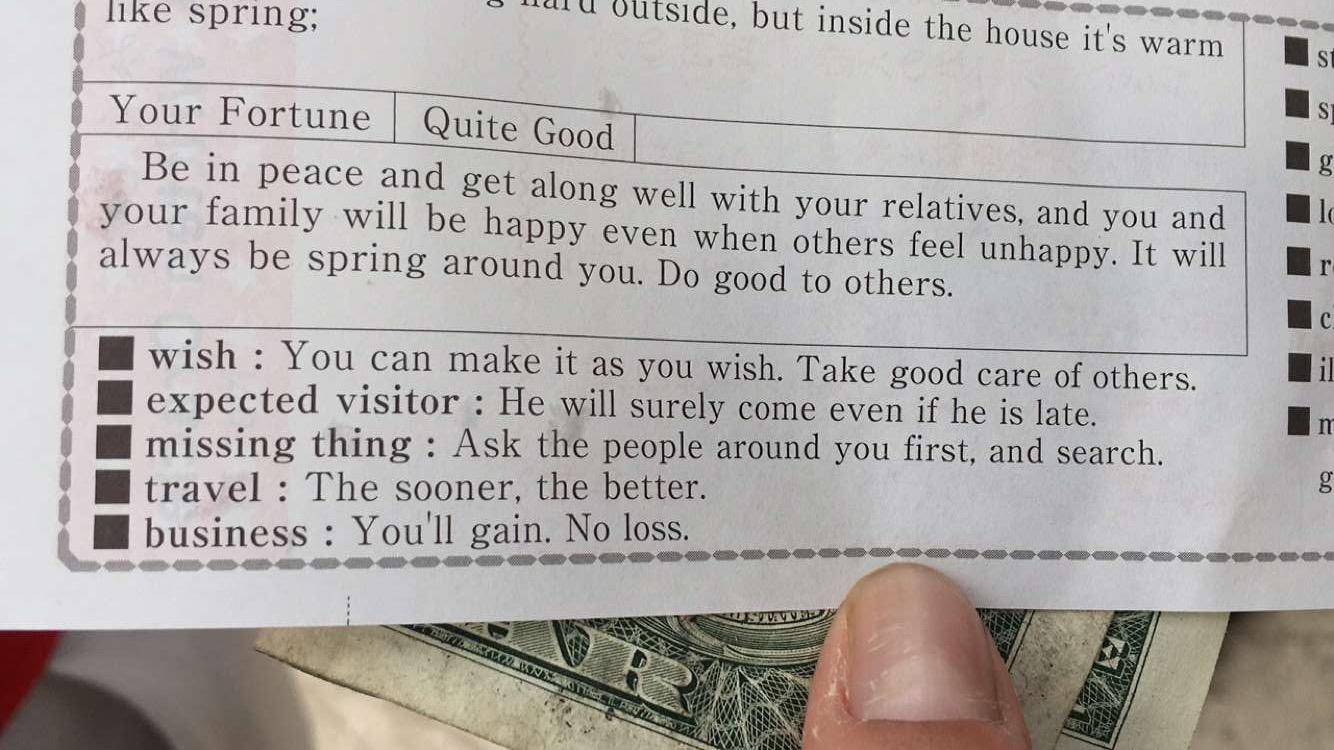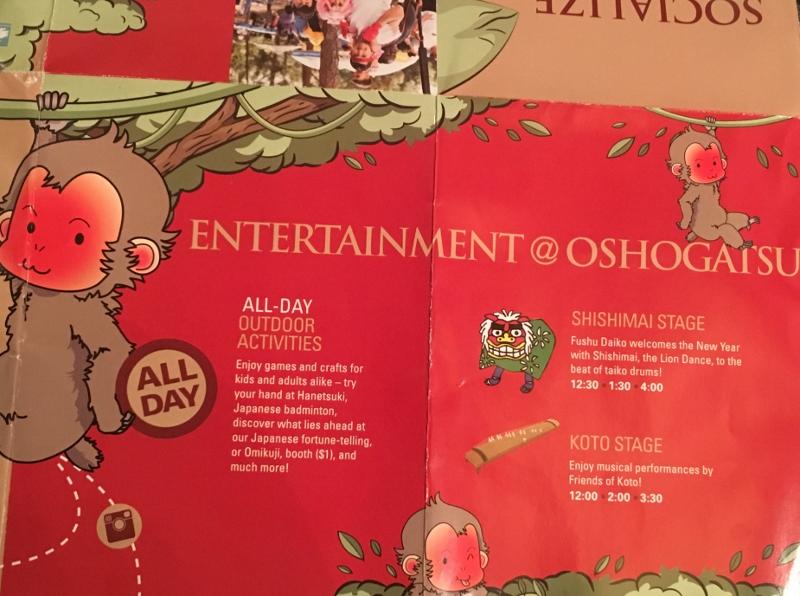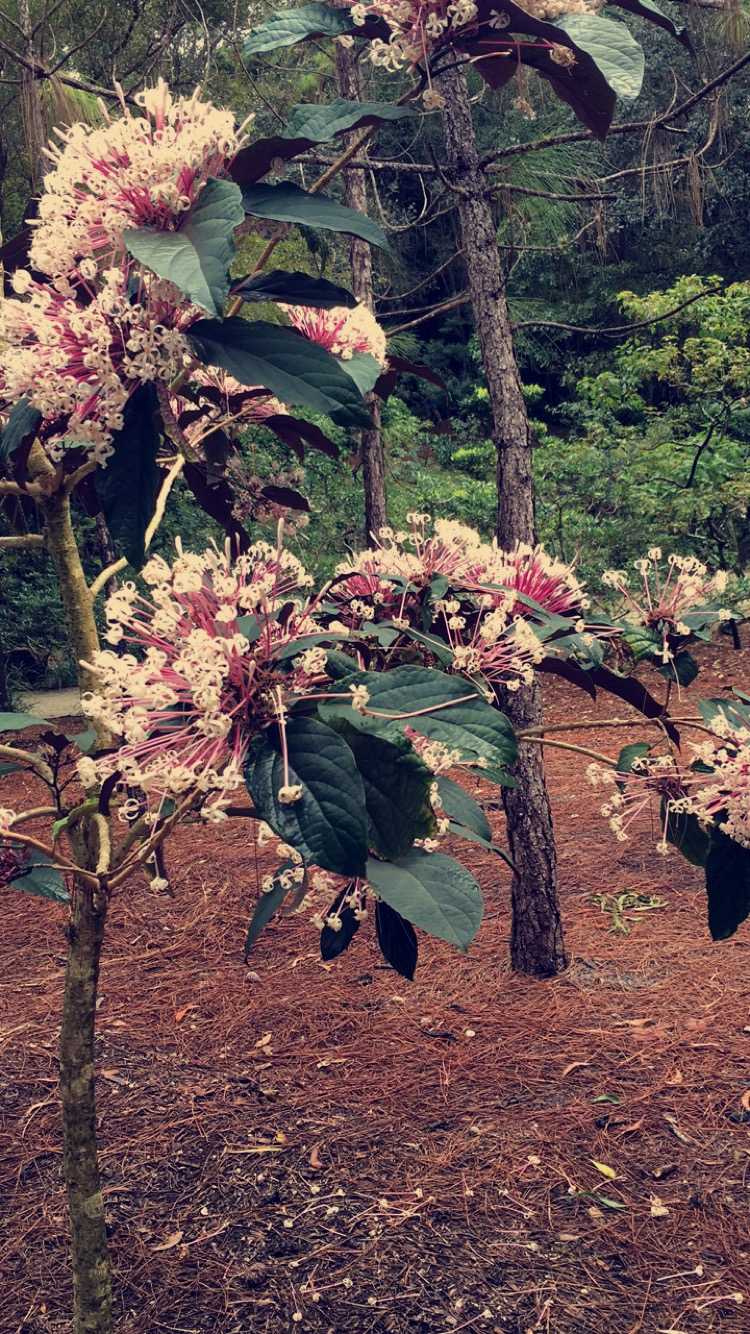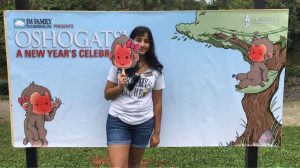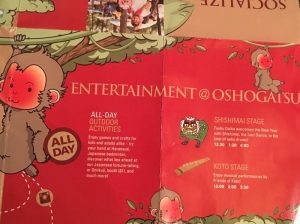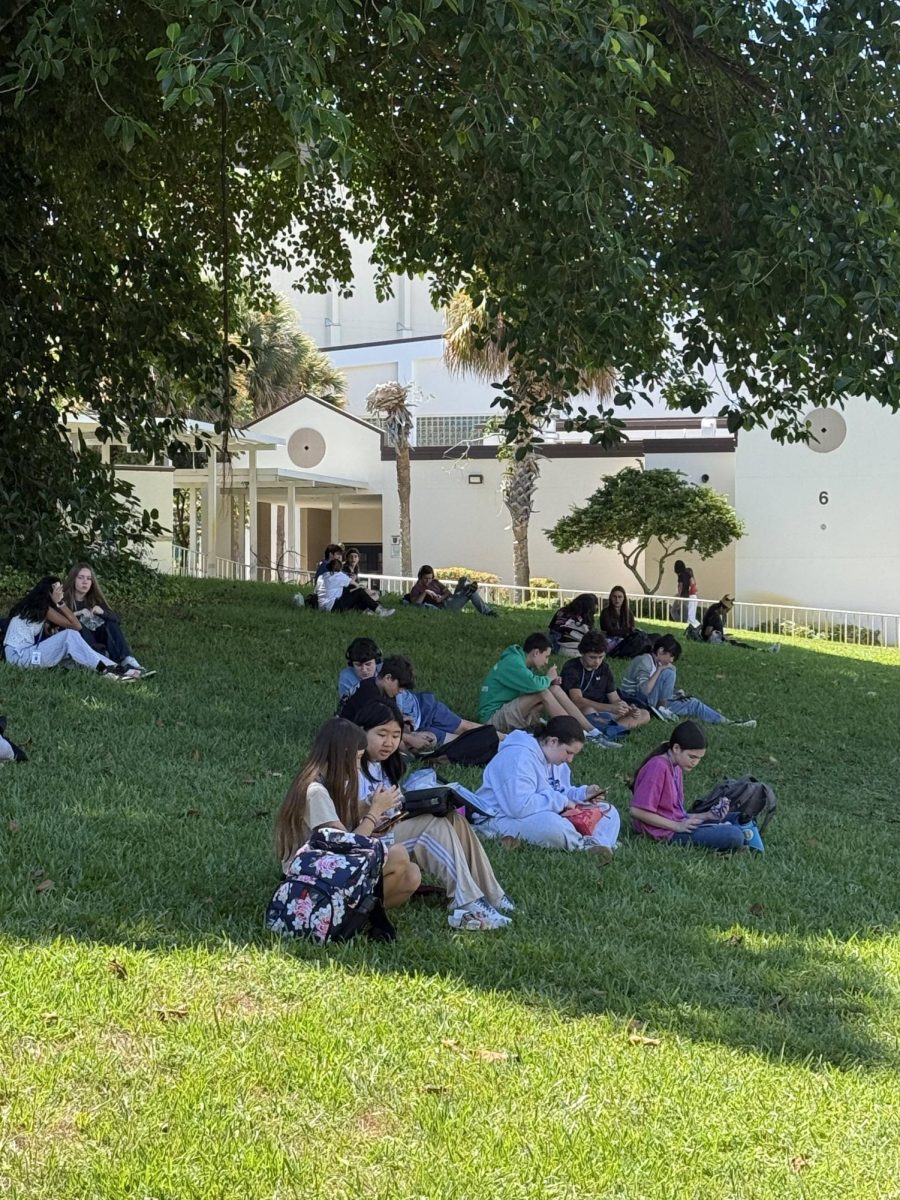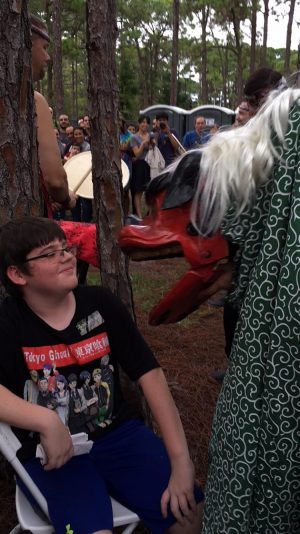
Communications junior Megan Horan’s younger brother, Sean Horan, has an encounter with the New Year’s lion at the mochi pounding ceremony.
The traditional New Year’s lion dances to the beat of the drums, snaking between the members of the audience and nipping playfully at anyone who comes too close. A parade follows closely behind, with two men wielding large cedar hammers. The entire field is filled with sound, color, and laughter. At Morikami’s 38th annual Oshogatsu festival, it’s impossible not to smile.
On Jan. 10, Floridians could head to the Japanese Museum and Gardens to attend a celebration of Oshogatsu–the Japanese New Year. The all-day festivity was filled with interactive activities, shows, and most importantly, delicious food.
“I love going to Oshogatsu because it is a fun and educational way to celebrate the new year,” communications junior Megan Horan said. “I feel like every time I go I’m not only enjoying myself and eating food and watching performances, but I’m also learning about how the new year celebrations differ between America and Japan.”
2016 is the year of the monkey, and Morikami reflected this through adorable monkey decor and the sale of monkey themed charms, calendars, shirts, and daruma dolls (a daruma is a good luck doll that assists with achieving goals.) With all this merchandise, it’s worth noting that it’s difficult to leave Oshogatsu with a full wallet. Vendors sell everything from hair bows made of kimono fabric scraps to carnivorous plants, so there’s something for every kind of person. Plus, if you bring in a shirt, you can get the cool Oshogatsu logo ink-printed on it for free.
It’s quite fun to engage in the traditional Oshogatsu activities, such as placing a wish on the daruma wall. You write a wish you want to occur this year on the belly of a daruma picture and color in the right eye. If you attend Oshogatsu next year, you can find your 2016 wish on display, revisit your daruma and color in the left eye to signify that you’ve attained your wish.
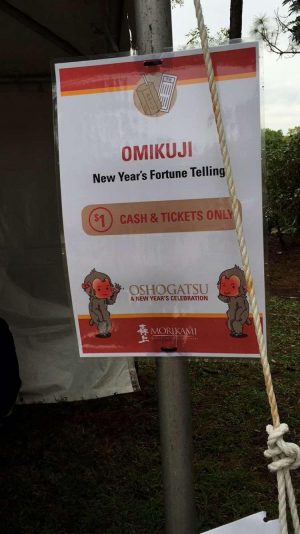
It is is traditional to receive omikuji, Japanese fortune-telling slips, on New Year’s. Numbered sticks within a shaken wooden tube determine which omikuji you receive.
People can also have their fortunes read in a unique way. Omikugi are Japanese fortune-telling slips normally found in temples. Morikami guests shake a wooden tube full of holes. The holes contain a stick with a number on it, and the number on the stick that comes out when the tube is shaken corresponds with a numbered paper that predicts your fortune for the New Year. I was lucky enough to be blessed with the prediction of “quite good,” but others are not as fortunate. It’s possible to get ratings like “quite bad,” but there’s no need to worry. If you are cursed with a miserable fortune, you attach the paper to a tree (or in Morikami’s case, you tie it to a line hanging between trees) so the bad luck will attach to the tree instead of following you home.
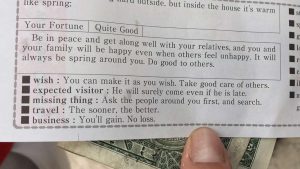
Omikuji detail different aspects of what your fortune will be like. If you receive a bad fortune, you can tie it to a tree so the bad luck does not stay with you.
“I love getting my fortune read every year, and the way in which they celebrate the new zodiac is always so cute,” Horan said. “Also, my favorite thing to do every year is the daruma wall and getting a daruma statue. It’s really fulfilling to find your wish from last year and being able to color in the left eye.”
The highlight of the festival was the events. There were multiple showings of Shishimai, or the Lion Dance, while taiko drums were played. There were also musical performances demonstrating beautiful Japanese instruments. Songs based off aspects of nature such as the breeze or waves were played, and it was astounding how well the music represented the natural elements. There were also tea ceremonies, introductory courses to Japanese gardens, and bonsai demonstrations. My favorite event was the rice-pounding ceremony used to make mochi, traditional New Year’s rice cakes. In Japan, it is common for a village to come together on New Year’s and turn grains of rice into one substance with hammers to symbolize unity. The ceremony began with a parade of drummers and a display from the fan-favorite New Year’s lion. Then, two men circled the rice while pounding it with heavy hammers as the crowd encouraged them. Other activities worth noting were the cute movie about the lives of Japanese snow monkeys, Japanese badminton, a photo opportunity with a monkey mask, and the gorgeous walk around the botanical gardens that the Morikami is famous for.
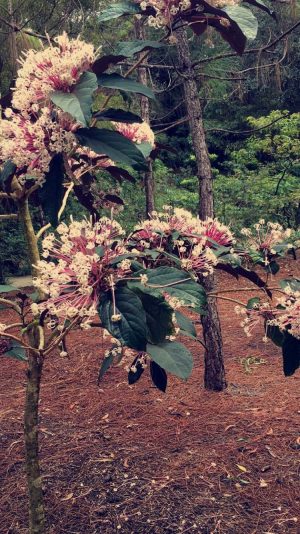
The Morikami hosts iconic Japanese gardens filled with beautiful flora.
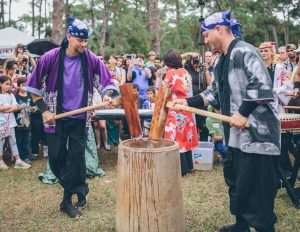
In Japan, many villages pound together grains of rice to create mochi, which represents unity. The cedar hammers are so heavy that the entire village must participate in the hammering to create the rice cake.
Many Japanese food vendors occupied the fields of Morikami, and they had everything from seaweed salad to coconut shrimp to sushi to even grilled corn on a stick. Vast amounts of Japanese snacks such as Pocky and green tea flavored Kit-Kats were also available. At Oshogatsu, not only do you watch people make mochi, but you can purchase it too. The ice-cream filled rice cake came in everything from chocolate to adzuki, a red bean paste. No matter what flavor you picked, each mochi tasted phenomenal.
Oshogatsu was an event to remember. It blended entertainment with cultural education and hosted events you can’t find anywhere except Japan. I’m looking forward to visiting the festival again in the year of the rooster, and with some luck, the left eye of a certain daruma will be filled in 2017.


